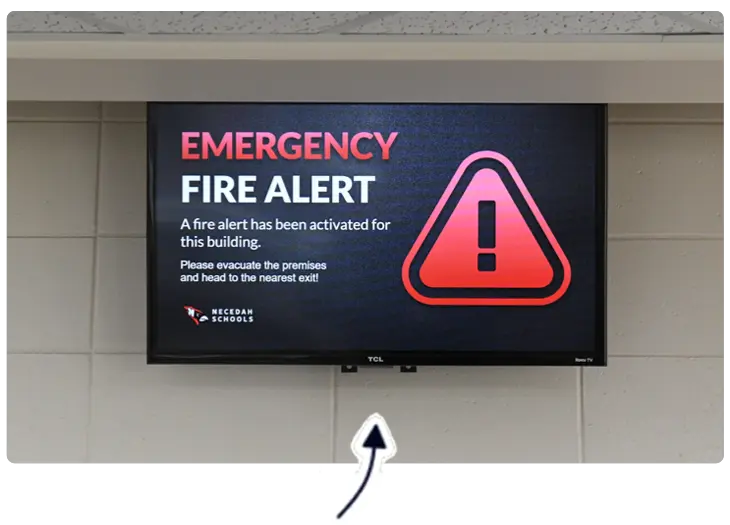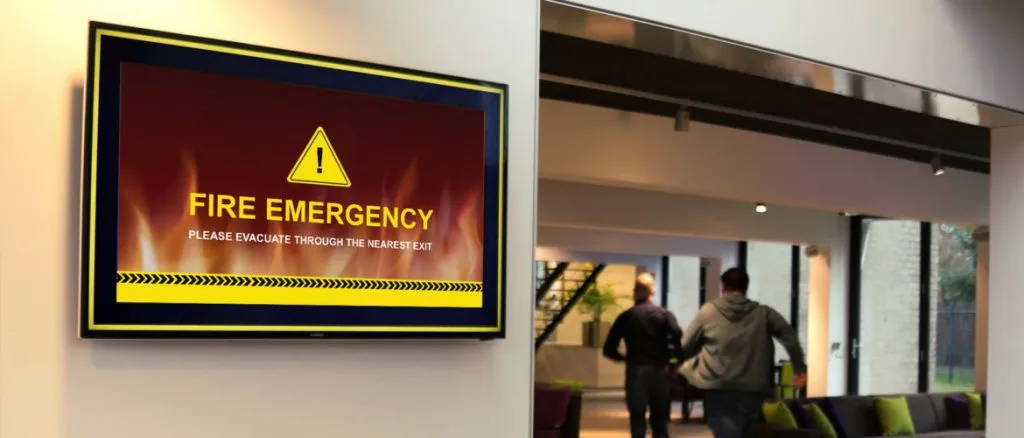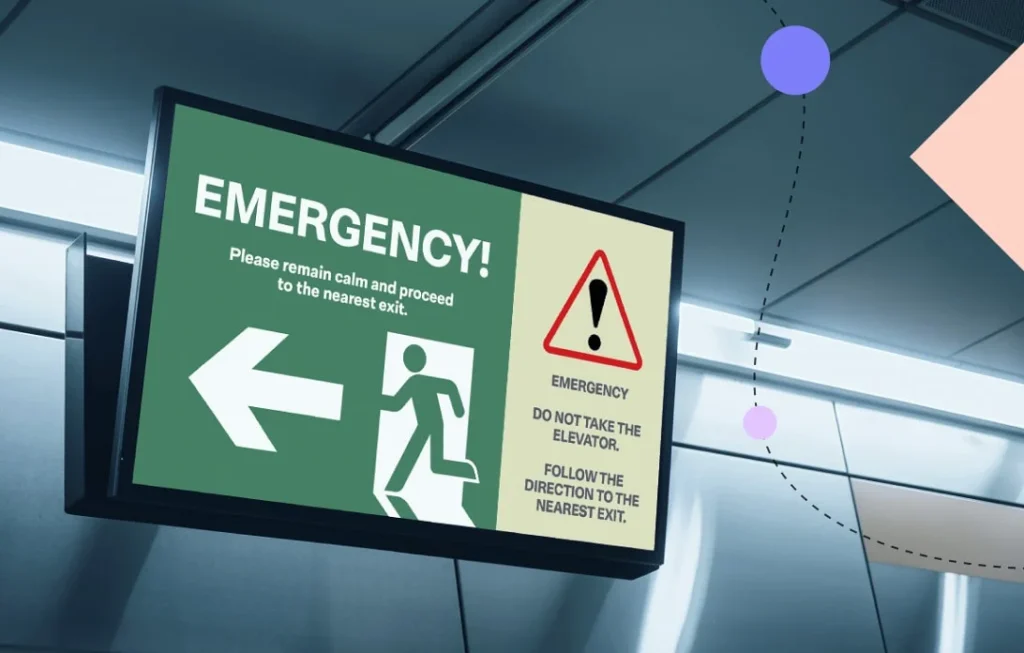With everything moving so fast, protecting both customers and employees is more necessary than ever. Warning signs are necessary for informing people about hazards, whether they’re small and simple or large and digital. With companies working to make workplaces safer, warning signs have changed from outdated methods to high-tech versions that give real-time notifications. This guide looks at the different types of warning signs, explains their significance in various areas and shows how they reduce risks in restaurants, offices and food areas.
The Role of Warning Signage in Public Safety

Warning signage plays a major role in keeping people safe in several settings, not only because it is required by law. You can see these signs in airports and healthcare facilities to help protect people from dangers. When people are warned by good signage, they can avoid hazards before reaching them. Rather than causing alarm, warning signs help people see dangers and do something to stay safe.
Types of Warning Signage
Static Warning Signage
Many warning signs are made from aluminum, plastic or vinyl because they are easy to use and inexpensive. Because these signs don’t need to be updated, they are ideal for shops or areas with little change in hazards.
Digital Warning Signage
It allows you to update your content immediately and with ease. Most of the time, these signs are on LED or LCD displays, so they can be updated quickly from a distance. In places like transportation hubs or industrial settings, warning digital signage is very important because clear, instant warnings are necessary.
Drive-Thru and Self-Service Kiosks
These boards are created to easily catch the attention of drivers, displaying all menu items and warnings clearly. Customers can also look at menus or information on their own using self-service kiosks which speed up service and improve their time at establishment.
Warning Signage for Restaurants
Allergen Warnings
Restaurants in the food service industry must use warning signs to protect their customers. Warnings about peanuts, dairy or shellfish give people with food allergies the chance to decide what’s right for them. Because of this, the chance of allergic reactions decreases, and the restaurant is safer from liability.
Hot Surfaces and Slippery Floors
Both kitchens and food preparation areas in quick service restaurants (QSRs) are often full of hazards. Signs alerting to possible burns or falls help to decrease accidents and ensure that everyone remains safe. You should place these signs where they are easily seen in the kitchen and near busy areas.
Warning Signage for Food Areas

Hygiene Protocols and Cross-Contamination Alerts
Warning signs in food areas such as kitchens and food courts are very important for maintaining hygiene standards. Notices around the workplace encourage staff to follow hygiene guidelines and keep the kitchen clean. Also, such warnings can advise people to keep raw foods away from cooked foods, which greatly lessens the risk of foodborne illness.
Warning Signage for Offices
Electrical Hazards and Emergency Exits
Warning signs should be used in offices to point out electrical hazards in power rooms, server closets or next to cables. They are there to prevent accidents and to ensure workers move safely around the office. Also, in most places, buildings must display emergency exit signs and evacuation maps so that employees are aware of the quickest ways to safety in emergencies.
Warning Signage for Companies
Legal Compliance and Employee Safety Culture
Signage that warns people about companies is linked to following regulations. A lack of proper signage in hazardous parts can result in major legal consequences and even fines. In addition, well-marked areas indicate a company’s care for safety, which encourages a stronger culture of safety among employees.
Design Principles of Effective Warning Signage
Typography and Color Psychology
The text on warning signs should be easy to see and quickly understood. Red is usually used to show danger, and yellow is commonly used to warn people. The font should be easy to read from all distances and in all light conditions. People choose sans-serif fonts as they are more legible in urgent situations.
Iconography and Symbolism
Often, pictograms and symbols deliver important information more quickly than text. A flame symbol quickly tells us about fire hazards and a skull can point out toxic dangers. Recognized icons help make sure everyone can understand the message, no matter what language they speak.
Warning Digital Signage: The Technological Leap
Real-Time Updates and Integration with Smart Systems
Dynamic digital signs are able to update in real time when threats like fire alarms, bad weather or spills happen. Thanks to IoT, digital signage platforms can send out warnings when needed and in the correct context.
Regulatory Guidelines and Compliance

Adhering to Industry Standards
Safety signs have to meet various requirements to be safe and follow the law. For instance, OSHA sets out rules for workplace hazard communication and international symbols set by ISO and ANSI make safety information the same no matter where you are.
Case Studies of Effective Warning Signage
Corporate Offices and Food Processing Units
The use of digital warning signage in a Fortune 500 company made it possible for employees to react to a fire drill nearly 42% faster, as notices were sent to their devices. In the same way, using color-coded signs at an Illinois food processing plant cut contamination incidents by 60%, proving that understandable warnings are very effective.
Common Mistakes in Warning Signage Implementation
Overloading Information and Poor Placement
Many times, people put too many details on warning signs. This may make the audience feel lost and distract them from the real message. If signs are placed either very high or very low, they may not be seen or understood by viewers. Postings should be at a level people can see, and in spots, they are most likely to notice.
Future Trends in Warning Signage
AI-Powered Contextual Warnings
Future warning signage could use machine learning to quickly analyze data and automatically provide warnings before anything happens. AI could spot overheated machinery or overcrowded exits, giving an early warning about possible hazards.
Augmented Reality (AR) integration
With AR, digital warnings can appear over what workers see in construction and manufacturing, letting them identify risks around them. This would improve safety by giving drivers real-time information.
Ready to Enhance Safety with Effective Warning Signage?
Using clear warning signs helps make your workplace safer for everyone involved. Regardless of which type of signage you choose—static, digital or automated—these are necessary for lowering risk and maintaining compliance. Think about the future and secure your business right now!
Frequently Asked Questions (FAQs)
1. What materials are best for outdoor warning signage?
Aluminum that has a glossy finish is tough and can be seen easily, even at night, so it’s perfect for outside signs.
2. How often should warning signage be updated?
Static signage should be looked at every quarter, and digital signage should be checked and updated each month.
3. Are digital warning signs suitable for small businesses?
Since cloud-based digital signage is now available, businesses of any size can benefit from its warning features.
4. Can warning signage replace employee training?
Signage cannot act as a substitute for real education or thorough safety instruction for workers.
5. What is the legal consequence of not having proper warning signage?
Lack of proper warning signage may lead to being fined by regulators, having to pay higher insurance and facing lawsuits from people hurt on site.





